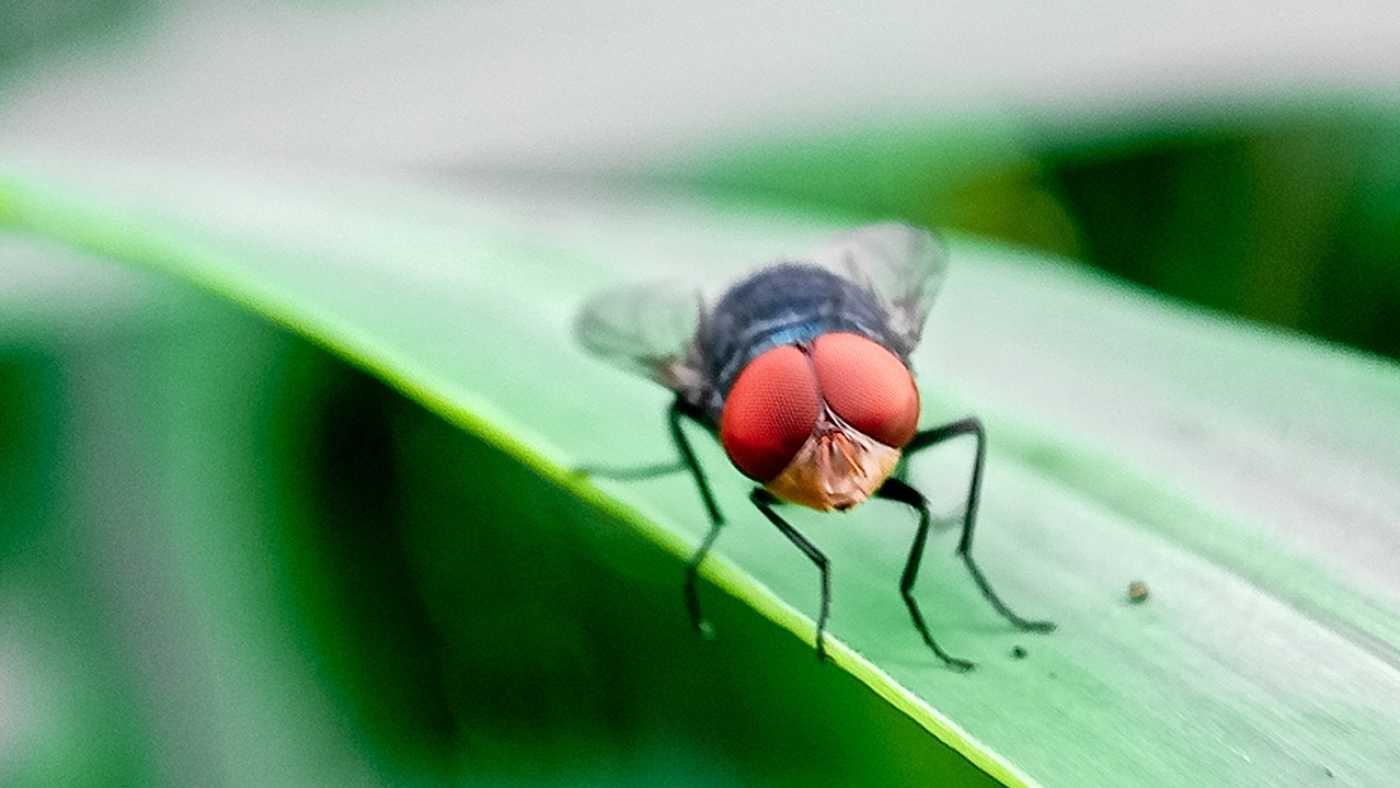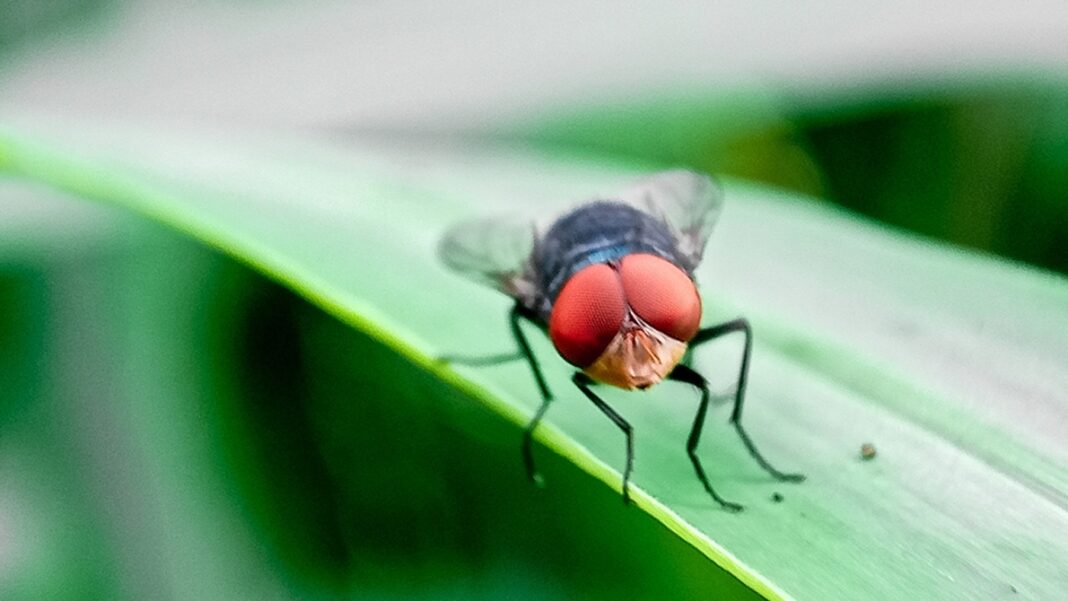“Maggot Mayhem: U.S. Slams Brakes on Mexican Cattle Imports Amid Fears of Flesh-Eating Parasite”
In a shocking move, the United States has halted all cattle imports from its southern neighbor, citing fears of a flesh-eating maggot-like parasite that could wreak havoc on the country’s livestock sector. The sudden decision has sent shockwaves through the agricultural industry, leaving many wondering how this parasitic pest slipped under the radar and what the consequences will be for the multi-billion-dollar cattle trade between the two countries.

Previous Outbreaks and Their Consequences

The New World screwworm has a history of causing devastating outbreaks, with notable cases serving as a stark reminder of the importance of vigilance and swift action. One such case was the 1976 outbreak in Texas, which affected more than 1.4 million cattle and hundreds of thousands of sheep and goats. The economic impact of such an outbreak today would be catastrophic, with estimates suggesting a potential cost of $1.8 billion to the Texas economy alone.
Fortunately, the U.S. and Mexico were able to eradicate the New World screwworm in the 1960s and ’70s through a concerted effort involving the release of hundreds of millions of adult flies that would mate with the females, ultimately preventing them from laying viable eggs. This strategy helped create a “barrier zone” that kept the pest from encroaching into the U.S. and Mexico, though cases would still pop up from time to time.

The Current Crisis and Response
The Resurgence of the New World Screwworm
In recent years, the New World screwworm has made a worrying comeback, with cases surging in parts of Central America and now being detected in some “remote farms” in Mexico, approximately 700 miles away. This alarming resurgence has set off alarm bells among agricultural officials, who are keenly aware of the potential fallout of an outbreak of this magnitude.

The US Response: Halting Live Animal Trade and New Measures
In response to the growing threat, the U.S. shut down live animal trade on the border in November, a move that was lifted in February after the two countries agreed on new measures to keep the parasite at bay. The new ban will continue on a “month-by-month basis, until a significant window of containment is achieved,” according to the USDA.
Agriculture Secretary Brooke Rollins emphasized that the decision to halt imports was not taken lightly, citing the need to prioritize animal and food safety as a national security issue of the utmost importance. “This is not about politics or punishment of Mexico, rather it is about food and animal safety,” she stated.
Moving Forward: Containment and Prevention
The Month-by-Month Approach to Containment
The USDA has outlined a plan to reassess the situation every month until a significant window of containment is achieved. This approach will enable officials to closely monitor the situation and make adjustments as needed to prevent the spread of the New World screwworm.
Practical Steps for Farmers and Ranchers
In the meantime, there are practical steps that farmers and ranchers can take to prevent the spread of the New World screwworm and detect infected animals early. These include:
- Implementing strict biosecurity measures to prevent the introduction of infected animals into their herds;
- Conducting regular checks for signs of infection, such as wounds or unusual behavior;
- Applying topical treatments to wounds to prevent infestation;
- Reporting any suspected cases to local authorities immediately;
By taking these proactive steps, farmers and ranchers can play a critical role in preventing the New World screwworm from spreading further and minimizing the economic and animal health impacts of an outbreak.
Conclusion
In conclusion, the U.S. Department of Agriculture’s suspension of cattle imports from Mexico, citing the threat of flesh-eating screwworms, has far-reaching implications for both countries. The infestation of this parasitic fly, which can cause severe harm to livestock, highlights the vulnerabilities of our global food supply chain. As we discussed in this article, the screwworm infestation not only poses a significant economic threat to the cattle industry but also raises concerns about animal welfare and human health.
The significance of this issue extends beyond the agricultural sector; it also underscores the importance of rigorous biosecurity measures, international cooperation, and effective surveillance systems. As the global food system becomes increasingly interconnected, we must recognize the potential risks and take proactive steps to mitigate them. Looking forward, this incident serves as a wake-up call, urging governments, industries, and consumers to prioritize animal health, welfare, and biosecurity. The consequences of inaction could be devastating, with potential long-term impacts on food security, trade, and ultimately, human well-being.

